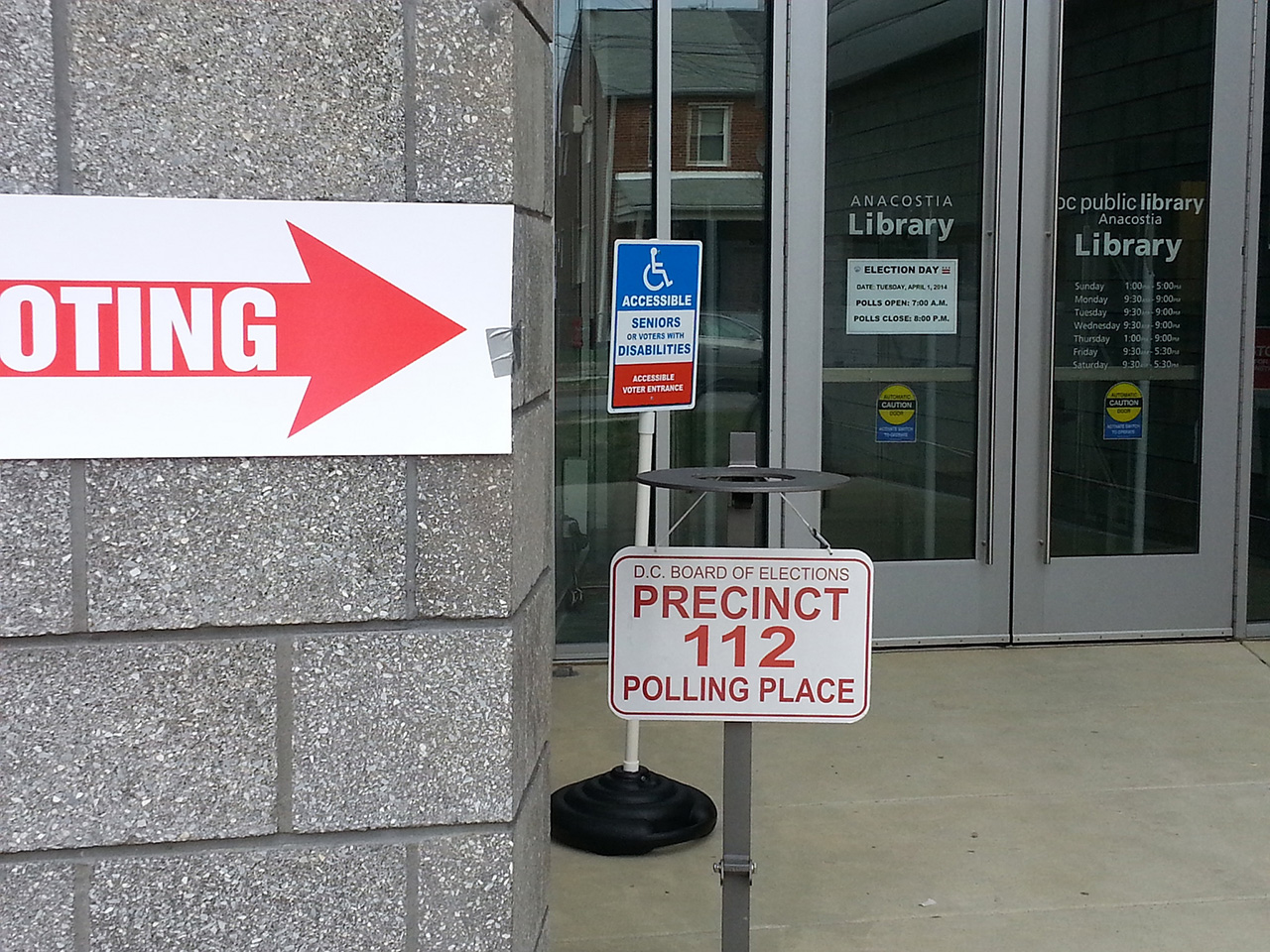
Portland State study: Seniors much more likely to cast ballots than young votes
Photo credit: Tim Evanson on Flickr.com
Phil Keisling is director of the Center for Public Service at Portland State University in Oregon, which recently conducted research on who votes in mayoral elections with Knight Foundation support.
The last 10 to 20 years have been times of revitalization and progress for many of America’s big cities. While there are certainly exceptions, many major city downtowns have been revitalized, often with the money and energy of younger entrepreneurs. Committed and often well-educated “young creatives” have helped turn many urban cores into desirable places to live, work, and raise families.
But as much as younger residents have often played a catalyzing role in major cities’ economic and cultural lives, they’ve essentially abdicated to their grandparents’ generation when it comes to that most basic of civic indicators: voting.
This is the unmistakable conclusion of a recent pilot study of four of these urban communities, financed by Knight Foundation and conducted by Portland State University’s Population Research Center and Center for Public Service, that asked the basic question of “Who Votes for Mayor?”
Voter turnout for mayor elections in these four cities – Portland, Ore., and the Knight communities of Charlotte, N.C., Detroit and St. Paul, Minn. – ranged from a low of just 7 percent (Charlotte’s primary) to a high of 72 percent (Portland’s general election, one of the few in the U.S. held coincident with the November 2012 presidential election). The other contests clustered around 20 to 35 percent turnout of registered voters – fairly typical of most big-city mayor contests. But even these paltry numbers are deceptively high, since many eligible citizens don’t even register to vote. (In St. Paul, for example, this appears true of 30 to 35 percent of eligible 18- to 34-year-olds).
Within these cities, our team also found many “voting deserts” –parts of a city where turnout was less than half the rate of the median. These voting deserts comprise more than 10 percent of Charlotte and Detroit’s population, and nearly 25 percent of St. Paul’s.
And the median age of those casting ballots? Close to 60 years of age in most of these contests, with the typical voter born during the presidency of Dwight Eisenhower.
For most of these elections, the probability that a registered voter within the 65-plus age cohort cast a ballot was roughly 10 times that of 18- to 34-year-old registered voters. It was closer to 20 times when the overall “voting age population” (registered and non-registered adults) was considered.
The implicit lessons here for calculating mayoral candidates? Certain parts of the city just aren’t worth their time – and it’s better electoral politics to pay more attention to two elderly voters on the street than a dozen or even two dozen young citizens at a neighborhood event.
Of course, high voter turnout doesn’t guarantee good leadership—and some enlightened mayors have emerged in low-contest affairs.
The real issue here is accountability. The nitty-gritty, day-to-day efforts required by citizens to weigh in on seemingly small matters, and hold their elected leaders accountable for decisions that may seem small today, can have great impact down the road.
When too few people are watching – much less participating – the odds increase that long-simmering problems can be avoided and ignored, until they break out into major urban catastrophes (e.g. Detroit, and more recently Baltimore). But when more citizens participate, across the age spectrum, a greater diversity of voices come to the fore, making it that much harder for elected officials to put short-term gains in front of the longer-term health of their communities.
Recent Content
-
Community Impactarticle ·
-
Community Impactarticle ·
-
Community Impactarticle ·


